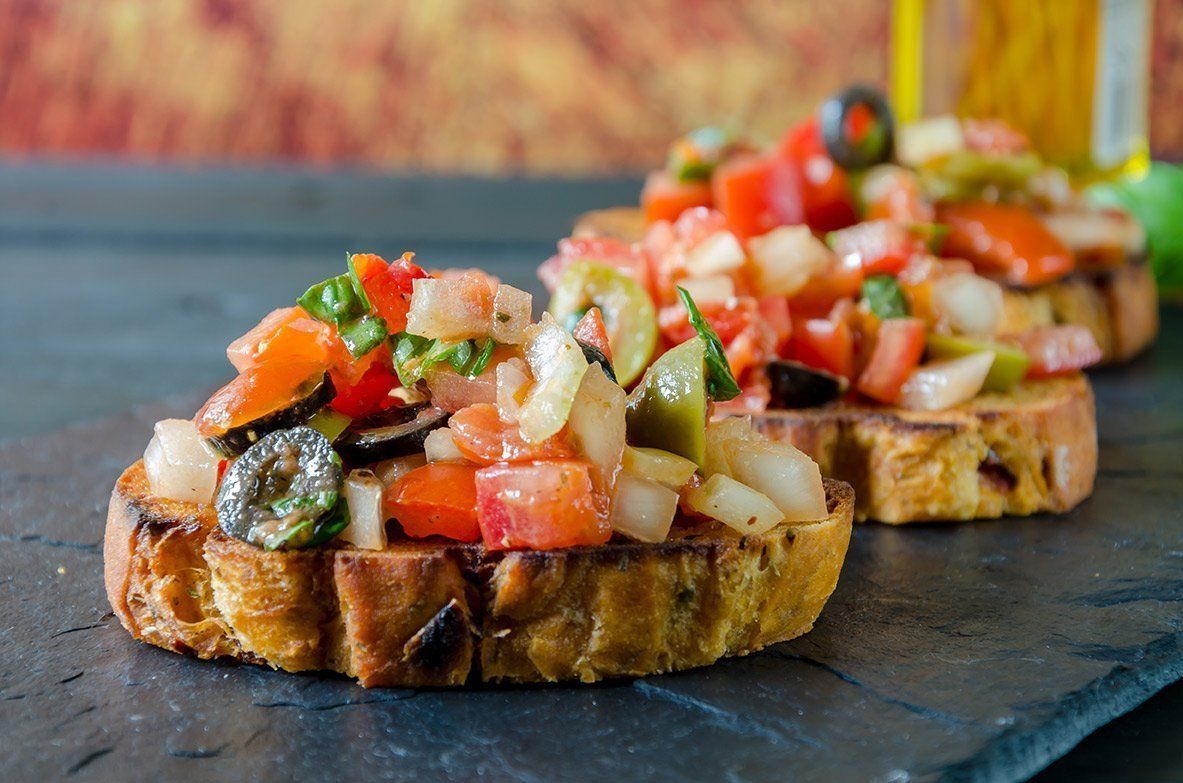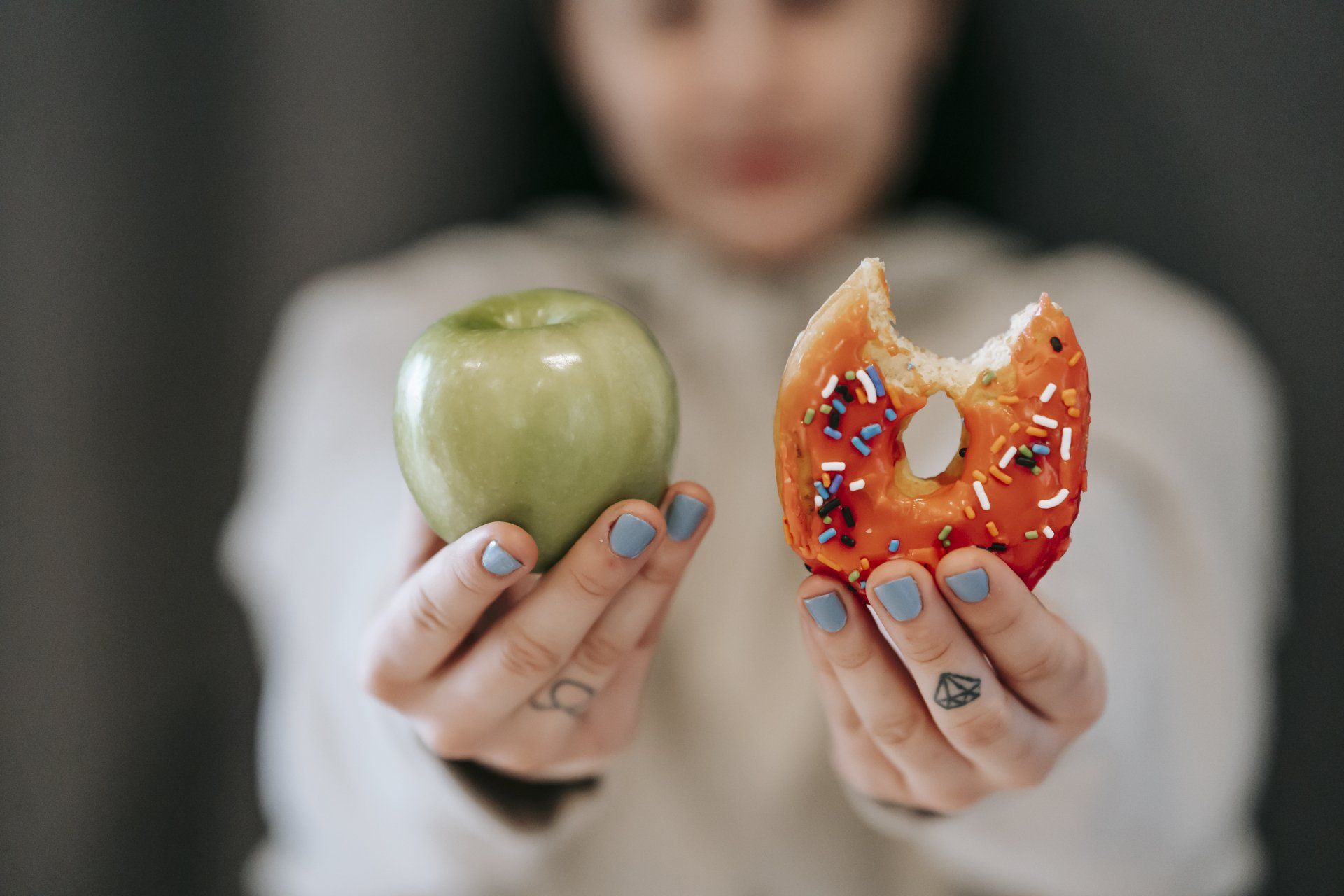GET IN TOUCH
Book your call today!
Please click here to book a 20-minute discovery call to see how I can support you on your journey to digestive wellness.
Alkalising Foods to Help Lower Stomach Acidity and Reflux
Alkalising Fruits and Vegetables to Help Lower Stomach Acidity and Reflux
Managing stomach acidity can often be achieved through dietary changes, particularly by including alkalising fruits and vegetables. These foods help neutralise excess stomach acid and can be easily integrated into your diet in a variety of ways. This blog explores how you can incorporate these beneficial foods into your meals and highlights the impact of stress on stomach acid production.
How Stress Has an Impact Too
Stress significantly contributes to increased stomach acidity and is a major factor in conditions like irritable bowel syndrome (IBS) and acid reflux. When we're stressed, the body's 'fight-or-flight' response is activated, leading to the release of stress hormones such as cortisol and adrenaline. These hormones can impair digestion as the body redirects energy towards handling the stressor. Moreover, stress can weaken the lower oesophageal sphincter (LES), the muscle that connects the oesophagus to the stomach, causing it to relax inappropriately and allowing stomach acid to flow back into the oesophagus.
Incorporating alkalising fruits and vegetables into your diet can help mitigate the effects of excess stomach acid production as a result of stress. They provide essential nutrients and promote a balanced pH environment to support digestive health.
Alkalising Fruits and Vegetables and How to Include Them in Your Diet
1. Spinach: Spinach is incredibly versatile and can be added to a variety of dishes. Blend it into smoothies for a nutritious boost or toss it into salads for added texture and flavour. You can also sauté it with garlic and olive oil for a simple and healthy side dish or simply add it to soups and stews towards the end of cooking.
2. Kale: Kale can be used in a range of recipes. Make a refreshing kale salad with lemon vinaigrette and nuts or add it to soups and stews for extra nutrients. Kale chips are another fun way to enjoy this alkalising vegetable—just season and bake for a crunchy snack.
3. Broccoli: Incorporate broccoli into your diet by steaming it as a side dish, adding it to stir-fries, or blending it into creamy soups. You can also roast broccoli as a part of a tray-bake with a drizzle of olive oil.
4. Cucumber: Cucumbers are perfect for hydrating and soothing the digestive system. Add sliced cucumber to salads or sandwiches or blend it into refreshing smoothies. For a light and cooling snack, try cucumber sticks with hummus.
5. Zucchini/Courgette: Zucchini is a versatile vegetable that can be spiralised for a low-carb pasta alternative or sautéed with other vegetables in addition to adding it to soups and stews.
6. Bell Peppers: Enjoy bell peppers in a variety of ways. Chop them into salads for a colourful crunch, fill them with quinoa or wholegrain rice for a satisfying meal or roast them with herbs for a delicious side dish.
7. Asparagus: Asparagus can be grilled, roasted, or steamed to complement any meal. Add it to salads, blend it into soups, or simply enjoy it as a side dish.
8. Avocados: Avocados can be used in numerous ways. Spread them on toast, blend them into smoothies for a creamy texture, or mix them into salads. Avocado also makes a great addition to homemade dressings and dips.
9. Romanesco: Romanesco can be prepared similarly to broccoli. Roast it with olive oil, steam it for a healthy side dish, or add it to soups and stews for a unique and nutritious touch.
To Conclude
Incorporating alkalising fruits and vegetables into your diet, along with effective stress management techniques, offers a comprehensive approach to managing stomach acidity. Equally important is addressing stress. Techniques such as deep breathing exercises (particularly before a meal), meditation, and yoga are proven to lower stress hormones and reduce levels of stress hormones. By integrating gut-supportive foods and relaxation methods into your daily routine, you not only support better digestive health but also enhance your overall well-being.










